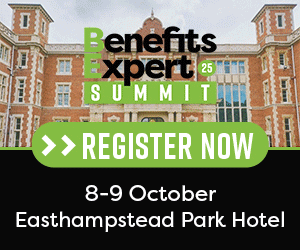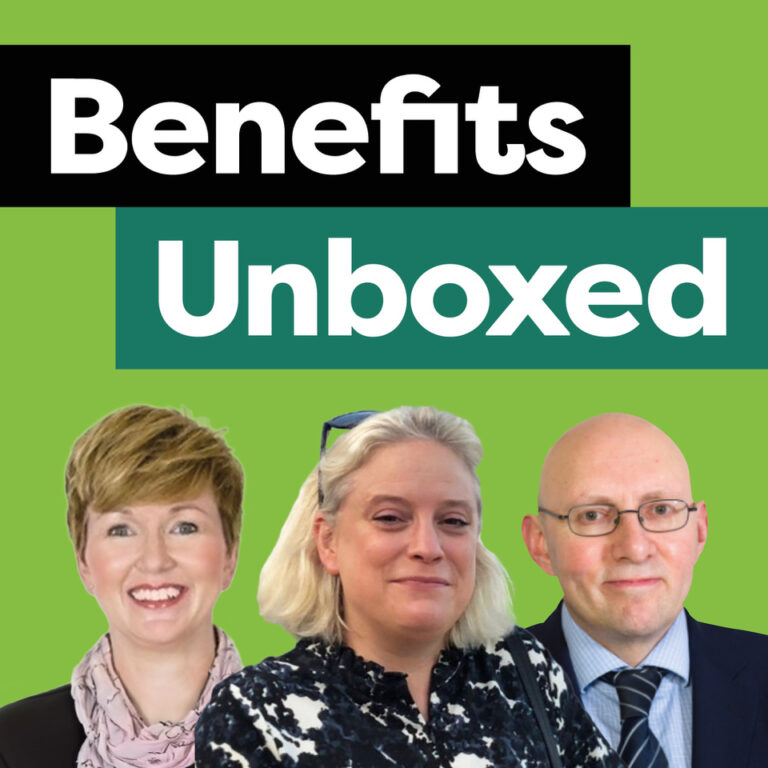It’s well understood that, in addition to company reputation and particulars within an advertised role, one of the main deciding factors for jobseekers is a company’s rewards and benefits offering.
After all, it’s the rewards and benefits which give candidates an instant view of how a company cares about its employees’ lives outside of work.
The reward factor
In my own job analysing and reporting on great workplace cultures, I see time and again how the UK’s Best Workplaces continually evolve their rewards package to ensure this appeals to every employee’s needs; providing people with a sense of security, fulfilment, and relief.
In fact, our most recent analysis of close to 200,000 anonymous employee survey responses revealed that rewards and benefits appear within the top three mentioned factors for what workers believe makes a great place to work (the others being the people they work with and openness/transparency).
These companies are expert at ensuring employees feel valued, supported, and have a lasting sense of great pride in where they work. Investing in benefits that are extended to employees’ family members or households (where friends may live together) is not unusual. Moreover, this investment doesn’t disappear during times of crisis.
The best companies to work for put people at the heart of their rewards and benefits offering – and it pays off! Happier employees experience higher levels of job satisfaction and overall wellbeing, so that the business enjoys increased productivity, brand advocacy, and staff retention.
Our research shows that when employees feel proud to work at a company, they are twice as likely to want to stay with the company for a long time, and six times more likely to endorse their workplace to friends and family.
Getting it right
Some of the key ways in which Best Workplaces are getting it right include:
- They take a people-centred approach to rewards and benefits. There’s no point in offering a fully paid golf club membership when you don’t have golf lovers in the company. Top-performing organisations review what they offer to employees at least annually, checking in with their people to see if everyone’s needs are met, and if they have any suggestions for how it can be improved.
- Rewards and benefits are made fair for all. Best Workplaces ensure that all employees are having a consistently great experience regardless of who they are, what they do, or their level of seniority. They also continuously benchmark internally and externally, weighing how fair their benefits are comparatively, and making adjustments based on feedback – which they share with employees. This doesn’t necessarily mean that everyone will have the same benefits. In some cases, it may make sense to differentiate, for example, between tenure (such as with length of service rewards, paid menopause support, shared parental leave, or ‘floating holidays’ to allow for different cultural and religious days off are some examples. What’s important is that there is a range of inclusive packages offering equal access to a variety of personalised, flexible and generous benefits.
- Employees know what’s on offer. We see often that employees don’t know what rewards and benefits a company has, or the full value of total reward packages, including non-financial benefits. Best Workplaces use a variety of communication methods and engage employees with their rewards and benefits offering. For example, hosting regular roadshows or nutshell presentations; or changing where and how the company stores details of its rewards package (eg intranet, total compensation payslip statements, etc).
- It’s about the added value and impact. Above the most elaborate and expensive perks, employees are really interested in things that bring a sense of meaning, fulfilment and balance. Best Workplaces think through whether they can offer non-financial benefits that also have a significant impact on employees’ lives. Many offer flexible working options (such as allowing employees to choose the hours they work, or the location), time off to volunteer, or time for training and development (even just an hour a week can make a huge difference).
Ultimately, a company with the biggest budget but little relevance will have less effective rewards and benefits than one which prioritises its people. No matter your organisation’s size, industry or location, every workplace can be a great place to work for all.
Abigail Animwa is senior list and organisational trends manager at Great Place to Work













